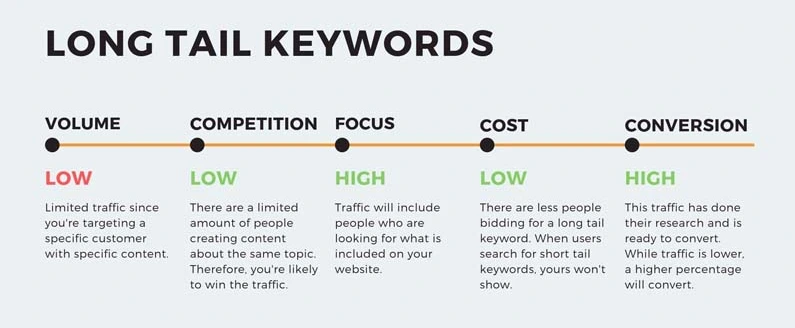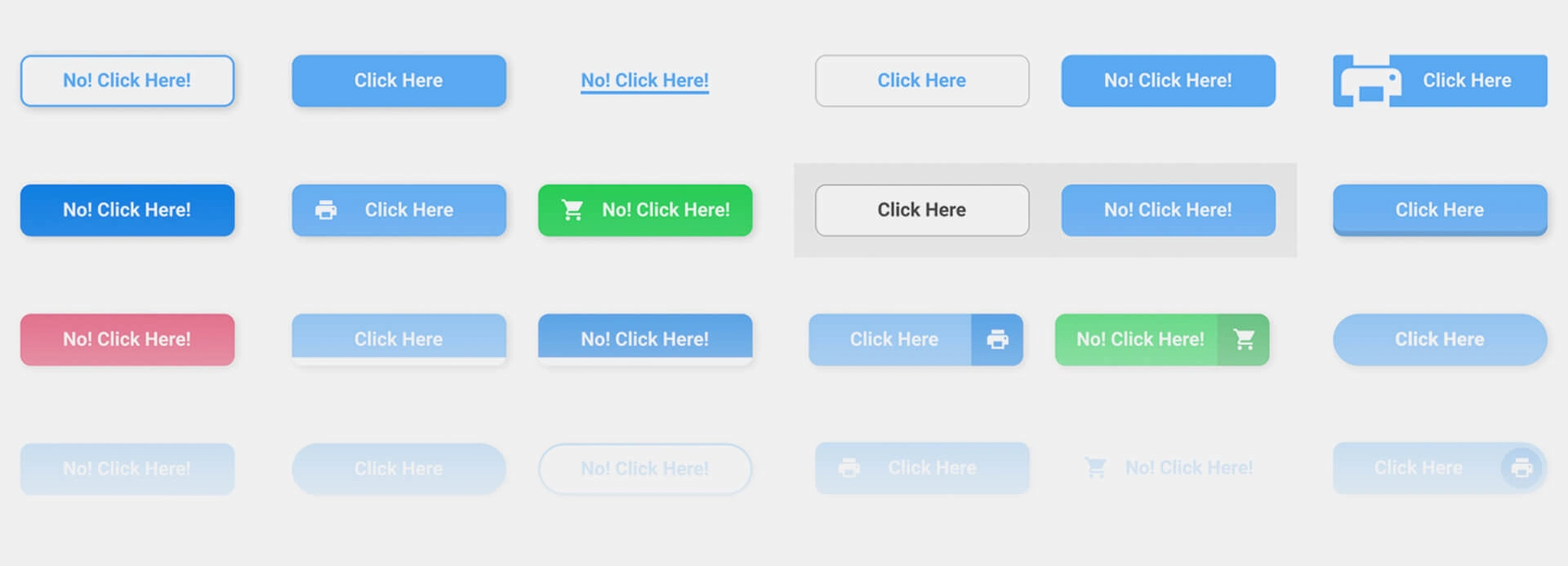How to Create Affiliate Content That Ranks And Converts
Learn how to create affiliate content that ranks and converts. Simple steps to boost traffic and turn clicks into sales.

Most affiliate content doesn’t do what it’s supposed to. It either ranks but doesn’t convert, or it pushes for clicks and never gets found. That’s the hard truth.
I see it all the time. Posts packed with keywords that sound like they were written for a bot. Or product reviews that feel more like a pitch than something helpful. They might look fine at first, but they don’t bring in sales. And they definitely don’t build trust.
If your content isn’t showing up in search, no one’s reading it. And if it doesn’t move people to act, the traffic means nothing. You need both. Traffic and trust. Visibility and persuasion.
This guide shows you how to create content that does both. You’ll learn how to write with search in mind, without losing the human side. And you’ll learn how to naturally guide someone from interest to action, without sounding like you’re selling.
I’ve been doing affiliate marketing for over six years. I’ve written content that sat on page seven forever. I’ve also written content that brought in consistent clicks and sales for months without touching it. The difference comes down to how it’s built.
There’s a way to do this that works. It’s not magic. It’s just strategy, clarity, and knowing what matters when you write. That’s what you’re going to learn here.
Tired of staring at a blank page? SEOWriting helps you write SEO-friendly affiliate content in minutes. It suggests keywords, builds outlines, and even writes full posts that Google and readers love. It’s the tool I used—and the results speak for themselves.
Key Takeaways:
- Focus on buyer-intent keywords, not just traffic
- Match content to search intent, don’t mix info with hard sells
- Write like a human, optimize like a pro
- Use clear CTAs that feel natural, not forced
- Add visuals, tables, and real use cases to build trust
- Internal links boost SEO; real opinions boost conversions
- Update content often, Google and readers both notice
- One goal per post: rank or convert—nail that, then scale
Know Your Intent: Ranking vs. Converting
Before you write anything, figure out what the searcher actually wants. That’s where intent comes in.
There are three main types.
- Informational: They’re looking to learn something.
- Commercial: They’re comparing options.
- Transactional: They’re ready to buy.
If you don’t match the intent, your content won’t work no matter how good it is.
An informational keyword like “how to speed up a slow laptop” isn’t the place to shove product links every few lines. That kind of post needs to help first. Teach something. Build trust. You can still add affiliate links, but they have to make sense.
On the other hand, if someone searches “best laptops for video editing,” that’s commercial intent. They want options. That’s when product comparisons, pros and cons, and affiliate links feel natural. It fits what they’re looking for.
Intent shapes everything—headlines, structure, calls to action. Write for the stage your reader is in. Don’t try to turn every post into a sales page. If they’re just learning, guide them. If they’re comparing, help them choose. If they’re ready to buy, show them how.
That’s how you get clicks without forcing it.
Pick the Right Keywords (That Actually Convert)
If you want content that ranks and converts, stop chasing broad keywords. Go after long-tail, buyer-intent keywords instead. These are the ones people type in when they’re close to making a decision.

Broad terms like “fitness trackers” might get searched more, but they’re too vague. You don’t know if the person wants reviews, a buying guide, or just general info. It’s a guessing game.
Now take something like “best budget fitness trackers for beginners.” That’s clear. You know exactly what they want. And if you deliver that answer, you’ve got a solid shot at both ranking and earning the click.
Personally, I use KWFinder for this. It’s clean, simple, and gives me keyword difficulty, search volume, and what’s already ranking.
Google Autosuggest is helpful too—just start typing your topic and see what real people are searching. Ahrefs and SEMrush are great, but they’re overkill if you’re just starting or working solo.
The goal here isn’t to rank for everything. It’s to show up where it matters. One well-targeted keyword that brings in buyers is worth more than a dozen that just bring in traffic.
Recommended Reading: How to Drive Organic Traffic to Your Affiliate Links Using Long-Tail Keywords
Plan Content With Purpose (Before Writing)
Don’t start writing until you know where the piece is going. Every post needs a plan. Not just for structure, but for what you want the reader to do.
Start with a simple outline. Use H2s for main points, H3s for sub-points. Keep it clean. No one likes reading a wall of text. A good outline keeps you focused and helps readers scan fast.
Then, think about where your conversion points will go. Add clear CTAs. Use product boxes, comparison tables, or short recommendations in the right spots. Don’t wait until the end to mention your links—most people won’t scroll that far.
Always ask yourself: what should the reader do next? Should they click? Should they compare options? Should they sign up for something?
Every part of your content should guide them there without feeling forced. That’s how you turn a blog post into a funnel without making it look like one.
Write for Humans First, SEO Second
Write like you’re talking to someone—not writing a school essay. People click on blog posts, not instruction manuals. Keep it casual. Use real words. Make it sound like a conversation, not a lecture.
Big blocks of text kill attention. Break them up. Use short paragraphs. Add space. Let people breathe while they read.
Don’t be afraid to share your take. If you’ve used the product, say so. If something annoyed you, say it. Real opinions build trust way faster than generic praise. Readers can tell when you’ve actually tried something or you’re just repeating what everyone else says.
Also, pay attention to how your writing sounds. Mix short and long sentences. It gives your content rhythm. Keeps it from feeling stiff. You don’t need perfect grammar. You need clarity.
Search engines are smart now. If your content helps people, it’s going to get noticed. So write for them first. Then clean up for SEO after.
Recommended Reading: 9 Best Free AI Writing Tools Every Affiliate Marketer Should Try
Optimize Like a Pro (Without Overdoing It)
Now that your content is written, it’s time to optimize—but don’t go overboard.
Start by placing your keywords where they naturally fit: in the intro, headers, URL, meta description, and image alt text. Keep it smooth. Don’t stuff. If it doesn’t sound right, leave it out.
Use related terms to help with semantic SEO. This tells Google your content is relevant. So, instead of repeating the same keyword over and over, use variations or related words.
For example, if you’re writing about “best laptops,” mention terms like “top-rated laptops,” “laptop reviews,” or “best laptops for gaming.”
Internal linking is key. Link to your other posts where relevant. This keeps readers on your site longer and helps Google see your content as connected. But don’t just throw links everywhere—make sure they add value.
External links matter too, but only to high-authority sources. Don’t link out to random blogs. Only use trusted, well-established sites. It adds credibility and boosts your SEO.
Keep it simple. Optimize where it counts without going overboard. Too much optimization makes the content feel forced—and no one likes that.
Use Visuals to Sell Without Selling
Visuals are powerful tools when used right. They can sell without sounding like a hard sell.
Add product comparison tables, charts, or screenshots to help explain things quickly. These break up the text and give readers a clearer view of what you’re talking about. They also make your content look more professional.
But visuals aren’t just about looking good—they should show benefits. For example, instead of just saying “this software is fast,” show a screenshot of how it saves time. Maybe a before-and-after shot, or a comparison with other tools. It’s much more convincing than a claim with no proof.
Use images that highlight the main benefits. If a product makes a task easier, show it in action. If it’s more affordable, display pricing in a simple chart. Make sure every visual adds to your point, not just fills space.
When done right, visuals do the selling for you. Just remember: they should support, not distract. Keep it simple and relevant.
Add Trust Triggers
Trust is everything in affiliate content. Without it, you won’t convert. So, you need trust triggers—small elements that build credibility.
Mini testimonials or case snippets can make a big difference. A quick quote from a satisfied user, or a brief story of how a product helped someone, adds social proof without sounding like a sales pitch.
Real data works too. If you have stats to back up your claims, use them. Just make sure it’s accurate and relevant.
Be honest about both the pros and cons of a product. If there’s a downside, mention it. People appreciate honesty and are more likely to trust your opinion when you’re transparent. No product is perfect, so don’t act like it is.
Finally, build authority without bragging. Share your experience, but keep it humble. Offer value without sounding like you’re trying to prove you’re the expert. Authority comes from helping, not boasting.
Strong Call-to-Action (That Doesn’t Feel Pushy)
Every piece of content needs a clear next step. That’s where your call-to-action comes in. But don’t make it pushy or salesy—keep it natural.
Instead of shouting “Buy now,” try something like, “Want the full list? Here’s my top 5…” or “Still deciding? These are the ones I’d actually recommend.” It sounds helpful, not forceful.
Use buttons, bold links, or visual CTAs to draw attention without breaking the flow. Make them easy to spot, but not distracting.

It’s also smart to repeat your main CTA once or twice throughout the post. Place one early for scanners, and one near the end for readers who stuck with you. Just make sure it fits the moment. If you’ve built trust, the click will come.
Final Touch: Update and Promote
Publishing the post doesn’t mean your job is done. If you want it to keep ranking and converting, you’ve got to maintain it.
Start by updating the content every 6 to 12 months. Products go out of stock. Features change. Competitors catch up. Google likes fresh info, and so do readers. Even small updates—like replacing broken links or tightening up your intro—can help keep your content relevant.
Next, don’t let that post just sit there. Repurpose it into other formats. Pull out key points and turn them into social posts. Take the comparison section and make it a short video. Send the product summary in an email. One blog post can easily give you 5 to 10 content pieces across channels.
And if your post includes reviews, product roundups, or FAQs, use schema markup. It’s a small technical step, but it helps Google display rich results—like star ratings or dropdown FAQs—which makes your content stand out in search.
The goal isn’t just to publish. It’s to keep your content working harder over time. Refresh it. Reuse it. Expand its reach. That’s how you get long-term value from every post.
Need Help Writing Affiliate Content That Actually Performs? If you’d rather skip the trial and error, I offer done-for-you affiliate content writing services. Everything I shared in this post? I apply it in every piece I write—SEO-backed, conversion-focused, and built to rank. Let’s talk if you want content that brings results.
Conclusion
To wrap it up—if you want affiliate content that ranks and actually converts, you’ve got to plan with intent, write like a human, and guide the reader every step of the way. Focus on the right keywords, structure your content smart, and always build trust.
Don’t overthink it. Just keep the reader in mind and give them a reason to take the next step.
If this helped, check out my next post where I break down real affiliate content examples and why they work. Or drop a comment if you’ve got a tip of your own—I always read them.
One last thing: don’t wait for “perfect.” Publish, learn, adjust. That’s how you get better.
Frequently Asked Questions
What’s the best way to create affiliate content that ranks and converts?
The best way to create affiliate content that ranks and converts is to start with search intent. Choose long-tail, buyer-focused keywords, and structure your content around what the reader wants. Add helpful visuals like product tables or screenshots. Use clear CTAs that guide action without being pushy. Most importantly, write like a real person—not a robot. Keep things honest, personal, and useful. That’s how to create affiliate content that ranks and converts consistently.
How do you choose keywords for affiliate content that converts?
Start by thinking like a buyer. Use tools like KWFinder or Google Autosuggest to find long-tail keywords with clear intent. For example, “best laptops for video editing under $1000” is better than just “laptops.” That’s how to create affiliate content that ranks and converts—by targeting search terms that signal someone is ready to act, not just browse.
How often should I update affiliate content to keep it ranking?
Update your content every 6 to 12 months. Products change, links break, and search trends shift. Even small updates—like adding a new CTA, fixing a product box, or improving your intro—can boost performance. Updating is a key part of how to create affiliate content that ranks and converts long term. Google rewards freshness, and readers trust up-to-date info.
Do visuals really help affiliate content rank and convert?
Yes, visuals do more than just break up text. They help readers understand, compare, and decide faster. Use tables, screenshots, and charts to highlight product benefits or features. It builds trust and improves engagement. If you want to know how to create affiliate content that ranks and converts, adding strong visuals is a simple but powerful move.
Can I write affiliate content that ranks without sounding salesy?
Absolutely. The trick is to be honest and helpful. Focus on solving a problem or answering a question first. Then recommend the product as a natural next step. Use your own experience or real user feedback. That balance is how to create affiliate content that ranks and converts without sounding like you’re just there to sell.






